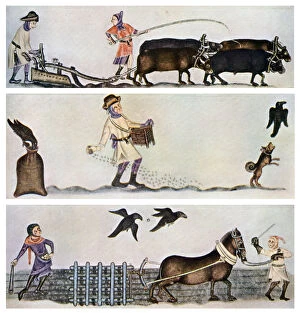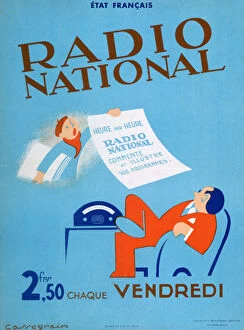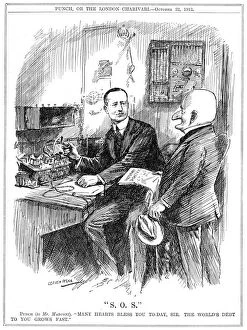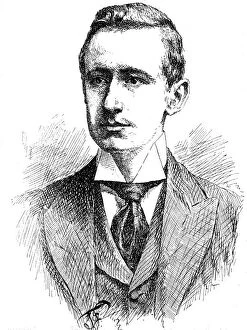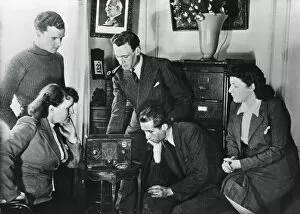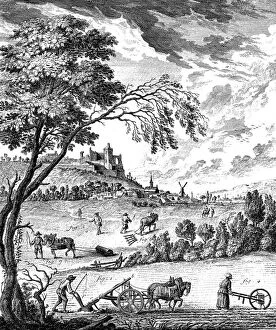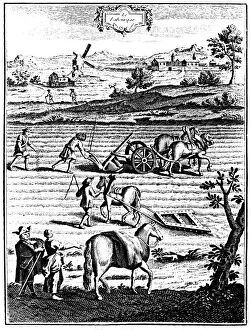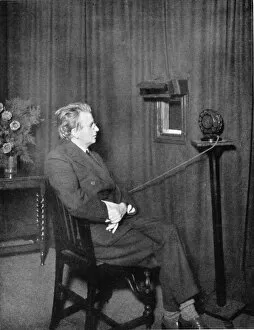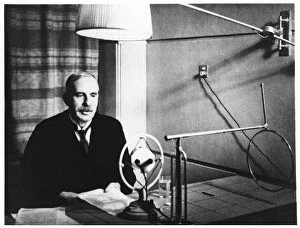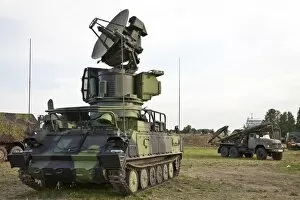Broadcasting Collection (page 7)
"Broadcasting: A Journey through the Waves of Communication" Step aboard the Pirate Radio ship, where rebellion met melody on the Essex coast
For sale as Licensed Images
Choose your image, Select your licence and Download the media
"Broadcasting: A Journey through the Waves of Communication" Step aboard the Pirate Radio ship, where rebellion met melody on the Essex coast. Radio Caroline, a symbol of freedom and defiance, defied conventional norms to bring music to the masses. In another corner history, Radio London made waves along the Essex coast. Its vibrant energy resonated with listeners who craved an alternative sound. While radio ruled the airwaves, television emerged as a visual medium captivating audiences across Britain. From Alexandra Palace to Television Centre, these iconic landmarks became gateways into new realms of entertainment and information. The soothing voice of David Attenborough echoed through our screens as he unveiled nature's wonders. This British naturalist brought us closer to wildlife than ever before, inspiring generations to cherish and protect our planet. Behind every successful broadcast lies meticulous planning and innovation. The BBC Broadcasting House stood tall as a hub for creativity and excellence since 1935. It served as a beacon for journalism that informed and educated millions worldwide. From Archie Andrews' comedic antics to Peter Brough's ventriloquism mastery and Vera Lynn's enchanting melodies - these beloved figures graced our radios with their talent, bringing joy into countless homes across Britain. At the heart of it all was technology - tape recorders revolutionized how we captured sound forever. With each click of its buttons, memories were preserved in time; stories waiting patiently to be shared once more. And let us not forget Bonzo adding his unique flair by introducing a fifth member to any quartet. His playful spirit reminded us that even within structured broadcasts, there is room for unexpected surprises that make life all the more colorful. Through pirate ships sailing against conformity or renowned broadcasters shaping cultural landscapes - broadcasting has been an ever-evolving force connecting people near and far. It continues to shape our world today by bridging gaps between communities while celebrating diversity in all its forms.

